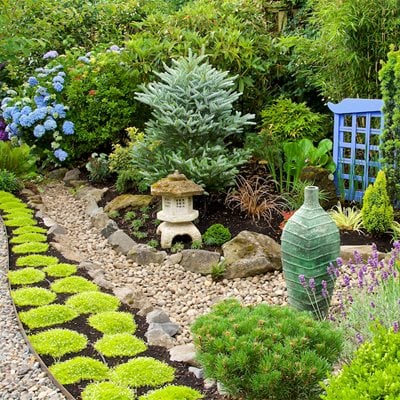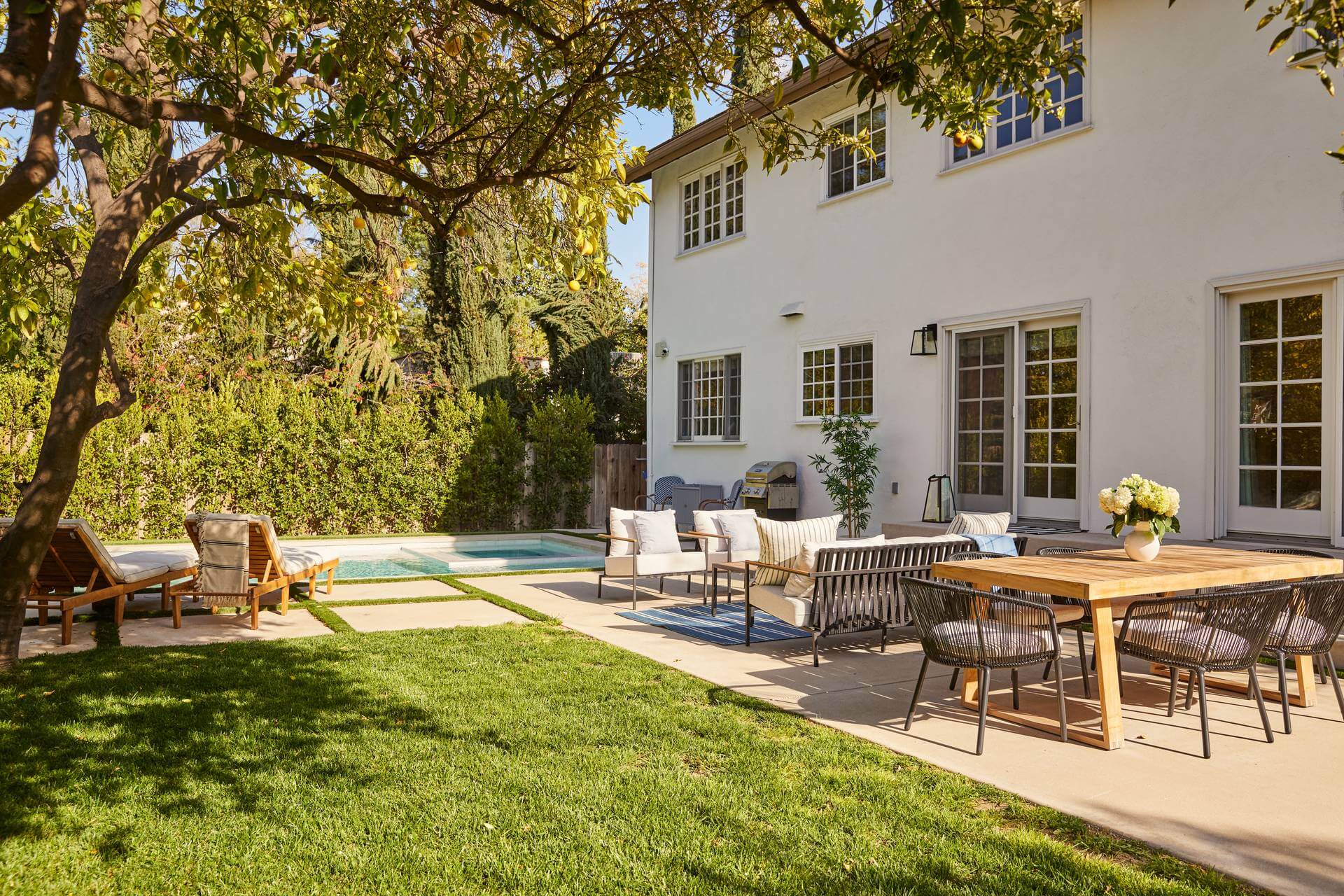The Facts About Landscapers Revealed
Table of ContentsSome Known Details About Landscapers What Does Landscapers Mean?Some Known Details About Landscapers Landscapers Things To Know Before You BuySome Known Facts About Landscapers.10 Easy Facts About Landscapers Explained
- A yard feature where water is represented by an aggregate rock product, normally a crushed rock or granite. These are most frequently located in contemporary and Japanese garden style.- A rock or natural flagstone outdoor patio, course, or walkway developed without a concrete base. The base would certainly be compressed crushed rock and the joints would be an aggregate or walkable ground cover. - A rock preserving or complimentary standing wall surface built without using mortar. A highly skilled mason is needed for a completely dry pile rock wall surface. Most wall surfaces in Portland are not dry piled, even if they appear to be. - A below ground structure that gather water and enables it to slow percolate right into the dirt around it.
Landscape design that is suitable with a websites' atmosphere in both appearance and sustainability without negative impacts to the setting. Edging in the landscape is a line of separation that creates visual passion in the garden by dividing one sector from another section.
Areas can additionally have a feeling of "enclosure" offered by trees, other growings, fences, or displays. The landscape near the access to a structure.
Top Guidelines Of Landscapers

The element in a landscape layout or area in a landscape that is implied to be most prominent. The prime focus can be a plant, stone, statuary, collecting space, or various other landscape function. A design of gardens or garden aspects that stress straight lines, appropriate angles and circles. Bushes or hedges found in beds near the structure of a home or other framework.

Some Known Details About Landscapers
Rock product, either rounded or fractured, that is fairly little- generally 1" or much less. Low plants that are allowed or urged to top a location. Can describe any kind of "tough" yard aspects consisting of statuary or boulders yet most typically is used to refer to courses, patios, and look at this now walls.: Elevation distinction between the level of water in a pond (or the degree of the pump if it rests outside the pond) and the upper outlet of water which influences efficiency of the water pump in gph (gallons per hour). Dense shrubs or trees that form a fencing, display, or limit.
A chemical used to regulate weeds. Fence boards that run flat, frequently made use of in contemporary or Japanese-inspired landscape designs. Lines that specify spaces within a landscape principle. These typically extend from edges or essential features of an existing structure. Proper usage of imaginary lines can aid the landscape really feel connected to the home and various other elements.
A more relaxed garden controlled weblink by curved instead than straight bed lines and a less stiff structure. Standard PNW landscapes are informal. A plant that spreads out more than preferred, or right into habitats where it does damage. Rose city has a list of invasive plants that should not be mounted in landscapes because they can spread to woodlands or rivers and be challenging to control.
Landscapers Fundamentals Explained
Can consist of head positionings and coverage, pipeline sizing, GPM specs, and materials needed to mount this system. Certified expert who makes landscapes, educated in design and design as well as in horticulture.
The professional that prepares and develops landscape tasks, normally at a property or little commercial degree with the significant design inspiration on plantings. Landscape developers typically have much less schooling than Landscape Architects and are not accredited. A finished landscape design, describing all aspects for the new landscape. This generally takes the type of a drawing theoretically.
Calcium product used to elevate the pH in soil, which will make it much less hospitable to moss (Landscapers). A water limited HDPE product used below fish ponds, streams and waterfalls in water functions. Making use of many plantings of the very same variety to fill up in a location in the landscape. This can lower maintenance and water usage in the yard.
A layer of compost or bark dust used at the base of a plant. A plant that Learn More was existing in a geographical area prior to people started changing the landscape.
Our Landscapers Statements
How the yard or a garden element is prepared in partnership to an existing or new feature or to an instructions. Lawns that are not mowed yet expanded in landscapes as perennials.

Plants that supply seasonal passion and then pass away back in the winter. Cold season yard that is the most common turf yard in Portland, OR and the rest of the PNW.An open roofed framework over a patio area or various other landscape function.
The most usual landscape crushed rock in the PNW. Location of the landscape made to take care of rainfall water till it can soak into the ground.
Framework constructed from wood, concrete, paving stones, blocks or other products for supporting slopes and stopping extreme erosion. Slim gutter. Creating a yard feature consisting largely of stones with growings that enhance and can flourish in the rocky setting. Sprinkler head design that turns a stream of water across an area.
What Does Landscapers Do?
